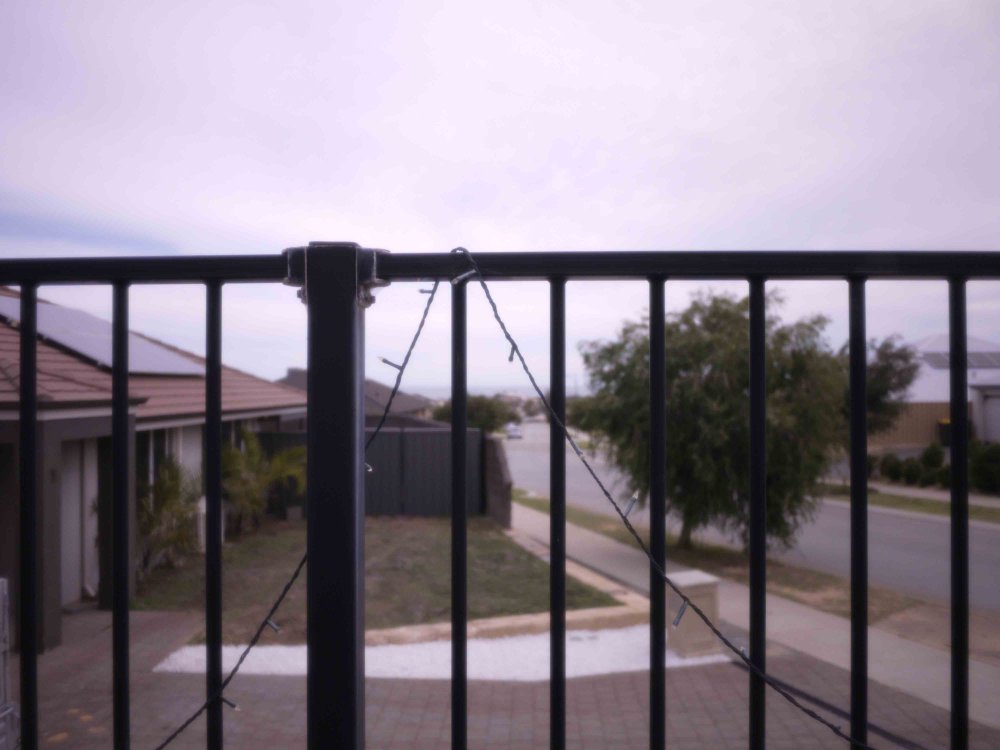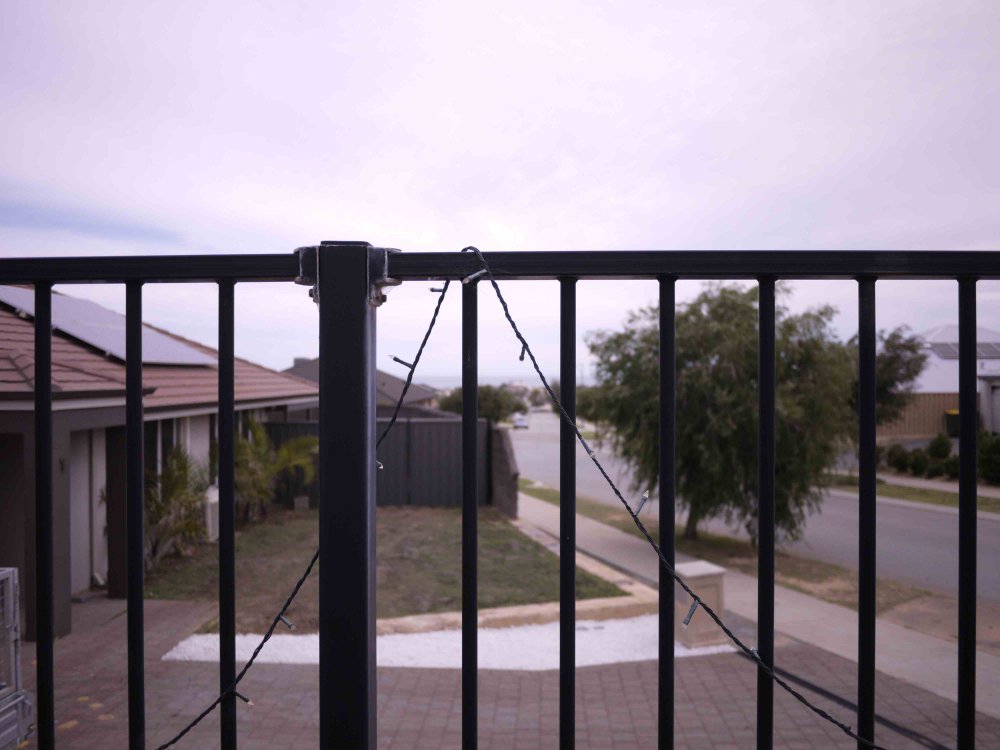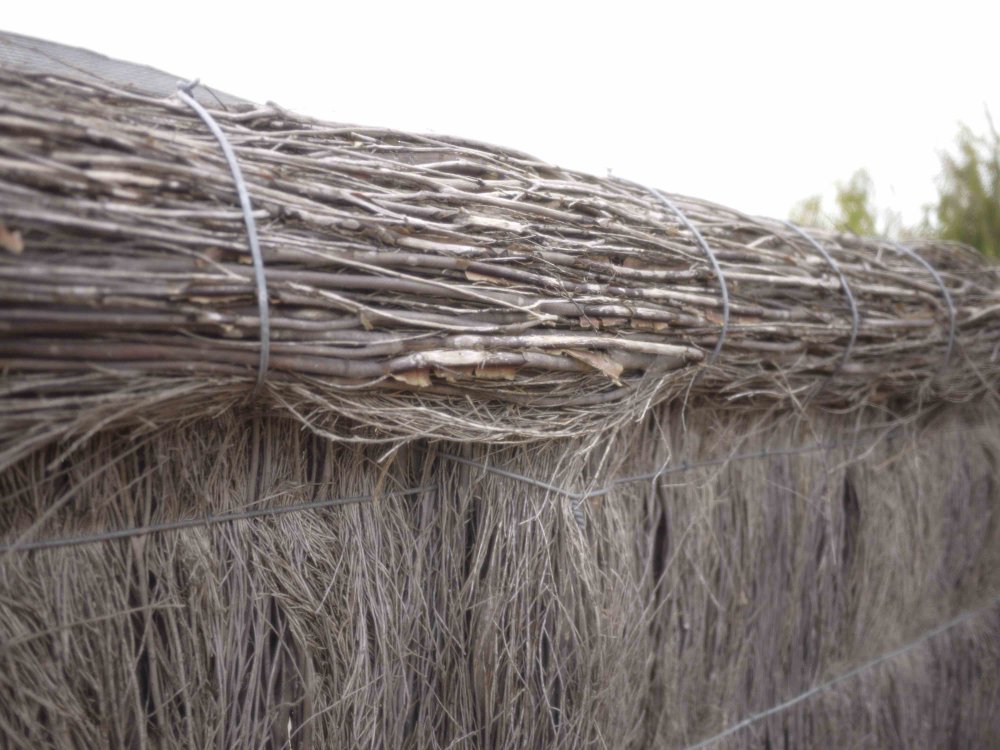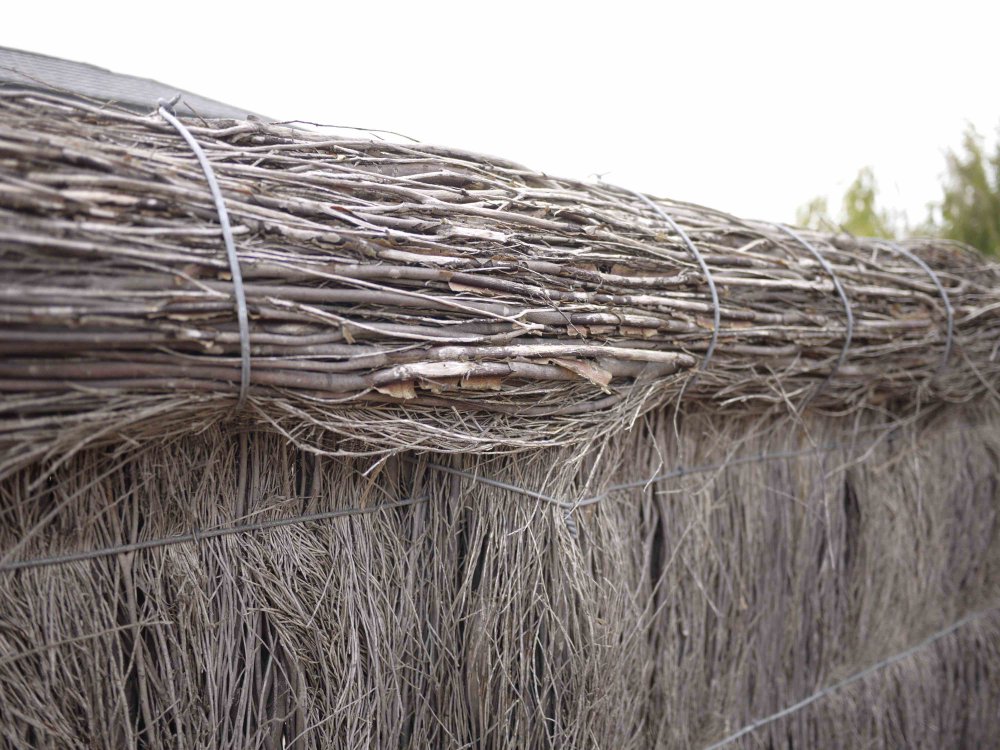-
Posts
7,881 -
Joined
-
Last visited
Content Type
Profiles
Forums
Articles
Everything posted by kye
-
A video from the OG BMPCC (the P2K!): https://youtu.be/aKyG5JdSUNc. (for some reason YT won't embed the video) I agree. Saying something is technically possible is one thing, but having the skill required and then the time to do so is another thing altogether. Steve Yedlin has done great work matching the Alexa to film, but he built his own software to do so, and he says this about the capability of colour grading software, even as advanced as Resolve and Baselight: My attempts to replicate the look of the P2K and M2K were never focused on achieving a perfect replication, or even of a passable one, but more as a "shoot for the stars and potentially hit the moon" scenario where worst-case is that I'll learn more about colour grading, and I have definitely done that. I have learned a bunch of stuff that I think really bridges the gap between, say, the GH5 and the BMPCC. There are other things I'm still working on though. Shadow contrast and levels are still a huge thing I'm experimenting with now, for example. And the 14mm and 7.5mm both have the same filter thread size, so if you use them as a pair then you can just swap the whole filter stack between them when you change lenses - making the setup must simpler and streamlined.
-
I wasn't saying that it was aimed at the same user, or that the overlap would be 100%, but it's a lot closer than other parts of the market. My point was really that cine cameras have a bunch of things that make sense for cinema, but are a royal PITA for other things, and on this point the FP is quite well aligned. I shoot travel content with a GH5, and if I list every reason that a P4K wouldn't be suitable for me then almost all of them apply to the FP. If I then listed all the things I would be looking for if I shot a narrative piece, the P4K and FP share most of them.
-
I guess I really haven't succeeded then. The imaging pipeline is complex enough that it's difficult to understand the whole thing (which is one of the reasons why Yedlins video is an hour long) and so when you get two people both talking at length using technical language its hard to understand which one of them is correct. This challenge happens in any topic that is complex and where people have vested interests (for example, the topic of carbon dating and the implications it has for the age of the earth and the religious implications for Bible literalists). Is there something I can do to better explain why Yedlins test is valid and Tupps criticisms aren't valid? The reason I haven't backed down is because I don't want people to come away from this thread thinking it doesn't hold up, but unfortunately the more mud gets thrown at something the more that its hard to tell where the truth is.
-
This is from a resolution test of the ARRI Alexa: Source is here: https://tech.ebu.ch/docs/tech/tech3335_s11.pdf (top of page 10) Pretty obvious that the red has significantly less resolution than the green. This is from the number of green vs red photosites on the sensor. But you're totally right - this has no impact on a test about resolution at all!
-
I wish I lived in your world of no colour subsampling and uncompressed image pipelines, I really do. But I don't. Neither does almost anyone else. Yedlins test is for the world we live in, not the one that you hallucinate.
-
If history has taught us anything, it's that Canon will take forever to release the camera we want, and when they do it will be a huge disappointment. If you have work to do and can do it with the equipment you already have, then use that. If you need a new camera to do it, then buy a used good condition copy of the cheapest camera model that can get the job done, and if the stars align and Canon releases a camera that doesn't overheat, combine LOG with 8-bit, or have the DR of the iPhone 4, then you should be able to sell what you have for close to what you paid for it and buy the Canon unicorn.
-
Actually, the curve on the right is closer to what I would typically do:
-
I think there's a real art to blacks in colour grading, I've learned that getting the right levels in the dark parts of the image has a huge impact on image pop and the overall look. I'd suggest putting in a pretty aggressive knee, so that anything lower than a certain value gets compressed but doesn't go completely to black and get clipped. You could put that knee quite close to 0 IRE so you don't have to get washed out looking images, but also it would mean that you'd keep whatever information is in the shadows but still squash the noise so it's not too obvious, and it would also make the image look a bit higher end too as a significant part of the look of high-end cine cameras is how they handle the shadows. I often set up a curve that compresses the shadows more than the highlights and grade under that. This is a random image I found online that shows what such a curve might look like: My curve is often more aggressive than this, and the more aggressive you make the curve the more filmic the final image will look. When you first apply such a curve everything will look over-contrasty, and you will need to manually grade every shot underneath it. Often the Lift Gamma and Gain (LGG) controls are great for this, as the Lift places how far down the curve your blacks go (and also defines overall perceived contrast and adjusts saturation), the Gain places the highlights and gives a nice rolloff (making the edges of any clipping much less obvious) and then you can adjust the overall brightness of the shot with the Gamma. Often you have to go back and forward with these controls as you often pull the Lift down to get the shadows right, then pull Gamma up to adjust the mids but that also pulls the shadows up a bit, so you pull the Lift down more, etc, until you've pushed/pulled the exposure to a point that looks good. I've graded many projects by just applying such a curve, then on each shot tweaking WB, then using LGG controls to get levels, then Saturation, and often that will be all the project needs. If you have a control surface then the LGG adjustments can take very little time and you can rip through an edit very quickly. Happy to elaborate further, just ask.
-
You're really not getting this... You rejected the test because it involves interpolation, which is common to almost every camera, as most cameras have less photosites than their output resolution has colour values. You also rejected the test because the Alexa is a 6K camera and not a 4K camera and therefore involves interpolation. The Alexa isn't a common camera, sure, but it shares the same colour subsampling properties of most cameras, shares the same 'over-capture' aspects as many other workflows, and is a high quality imaging device, so if you can't tell 2K from 4K from an Alexa 65 then it's a good test and it is applicable to most other situations. A camera with a Foveon sensor does not share the same colour subsampling properties of most cameras, therefore isn't a good test, which is why it's a red herring and not applicable to any sensible conversation about perception.
-
I ordered my Tiffen Black Promist 1/8 filter in 58mm as that fits all my lenses, but didn't want to have to use step-up rings on my tiniest setups (GF3 + 15/8 or 14/2.5) so looked around for the cheapest 52mm diffusion filter I could find. Enter the "52mm Softfilter Spezialeffekt Diffusor Weich Filter für DSLR kameraobjektiv" which cost EURO5.49 with free shipping. Hey big spender! It took quite some time to arrive here in AU. It came with the normal hard crystal plastic case and in a padded envelope, of course I'd have preferred that the filter was IN the case, rather than WITH the case in the envelope, but that just made me clean it and carefully check it for any damage, but it seems unharmed. It is a little strange though. The surface is a bit bumpy, and this is what it looks like: and here is a test with and without the filter (GF3, 14/2.5, RAW stills): It seems to be quite a strong effect, although I find it a bit deceptive because if you zoom in there isn't that much blurring. Given that I bought it for use on 1080p cameras, that will lessen the impacts on fine detail, so I'll have to put it through its paces on some real footage.
-
If 2K and 4K+ are only perceptually different with cameras that are very uncommon then who cares. You might care about this as a theoretical exercise for its own sake, but I'd suggest that not many other people do. If this was a thread comparing perceptual differences between 600x400 and 640x480 then no-one would have cared because it doesn't apply to the real world or to our lives in any way. This thread is only useful because of its applicability. See my above point.
-
I actually think that it's a pretty killer camera for cine uses. If you're a P4K / P6K potential customer then I think you're also an FP / FP-L potential customer because you're willing to rig the camera up for external storage, you're willing to deal with large file sizes, you're willing to deal with external power solutions (although that's way better on the FP than the BMs), you're willing to sacrifice RS performance for image, etc. The compromises that prevented me from buying an FP were to do with the lower bitrate codecs and the elements that are more 'video' than 'cinema', but even those could be fixed in firmware updates down the track potentially. And yeah, alternatives? None. Most cameras have competitors that overlap with all or almost all features, but even the closest alternatives to the FP or FP-L have quite a number of significant differences, so really there's nothing even close.
-
I've heard zoom lenses are super tricky to service, so you wouldn't be alone. Also, unless it's an Angenieux or something then it doesn't really matter - most of the zoom lenses ever made are cheap now because they were common in the past and undesirable now. I've recently started exploring the FB film-making and equipment groups and vintage lenses with dented filter rings are common, people posting "I bought this lens from a seller who said 'no fungus' but look at these pictures - should I return it?" is common, and I've seen more than one post of "I'm abandoning my attempt to convert my collection of <famous vintage lens name> lenses, lens repairer X quoted me $Y and all the parts are here - offers above $Z please".
-
The whole point of the test was to compare the perceptibility of 2K vs higher resolutions. This is the point you keep missing. Determining if there is a difference between 2K and some other resolution on a camera that no-one ever uses is a useless test. Once again, missing the point.
-
You forgot about people dropping them, fungus, rust, and botched attempts to fix them. In terms of getting on the bandwagon earlier, I bet these manual lenses were at rock bottom prices when AF reached significant market penetration, so that was probably the time to buy. I bet if you went to the right places you could have bought boxes of them, maybe by weight.
-
We have, we did, and.... *sigh* Let me ask you this. If Yedlin has made such basic failures, and you claim to be sufficiently knowledgeable to be able to easily see through them when others do not, why don't you go ahead and do a test that meets the criteria you say he hasn't met? I will then proceed to persistently claim you haven't met your own criteria, criticise every line you have written in isolation, and generally take the perspective that if the test does not directly apply to every single camera ever made, every screen and every eyeball in existence then it can't have any value whatsoever. I think it will be fun, I've seen it done recently with such gusto....
-
Clicking is a common symptom of a dead drive. I remember back in the day I ordered the latest and greatest HDD to my local IT store and it was the largest and fastest HDD they'd ever seen and it was a special order - way larger and hugely more expensive than the ones they stocked. They were quite excited to know what kind of person would order such a thing and what I wanted it for and it was quite a buzz when I collected it. When I brought it back in the next day, clicking and refusing to format there was mild shock in the store, but they confirmed that indeed it was dead and so they ordered a replacement. When I brought the replacement one back in the day after I got it, clicking like the previous one had, the tone had changed completely and I think they might have suspected that I might be the cause. I was also trying to ignore that thought myself. Luckily the third one was all good. Needless to say that when I plugged it in and it worked I was quite relieved!!
-
Have you used lenses with OIS? IBIS is often of a similar performance, so perhaps that will be a useful reference point? You can always shoot a short shutter speed and stabilise in post, and algorithms for adding motion-blur in post are getting better too, so that's an option under very simple conditions (they're not great yet). If your shots are out of focus there is nothing you can do in post that will fix that. I'm not really familiar with what cameras are around for those prices, but maybe someone else will give some suggestions. At this point all cameras can make a great image under the right circumstances and working within their limitations, so it's more about what you shoot and how you shoot than the camera. Everyone looks at a camera and sees different things because we all shoot differently.
-
It probably won't. It might slow down when phones get better, but even then people won't want to sell for much lower than they paid. Housing bubbles burst because people buy them on finance and are forced to sell because they can't make repayments, that doesn't happen with vintage lenses. Think about it this way - digital cameras aren't getting any more analog looking and both cameras and lenses are getting more and more perfect so people will increasingly look to the past for 'character'. India and China and parts of Africa are growing their middle classes by millions of people a year, and they will get better access to online shopping and eBay. and lastly, lenses don't last forever and wear out or get broken. So.. increasing demand + decreasing numbers available + no additional supply = prices go up
-
Very nice. I find that the footage looks 'right' with little to no work, and it really responds well to grading if you have the time/inclination to try. It's also very unforgiving. Sure, lots of your shots are overexposed from a technical point of view, but they don't look overexposed, or at least, look overexposed in a bad way. Take a Canon camera and do that and watch the image fall apart into digital clipping hell almost immediately.... The texture of the image might be the nicest aspect to it. It's really a pocketable super 16mm film camera with virtually unlimited film refills and no development costs or delays. The Laowa 7.5mm MFT lens isn't that much larger than the 14mm Panny lens, and is 22mm FF equivalent, so is nice and wide. It's a nice lens too. I'd suggest staying away from the SLR Magic 8mm F4 - it's too slow for lots of things and the ergonomics are pretty rubbish.
-
Judging what something is worth to someone in dollars is very difficult considering we don't know how much money that is to you and what else you might spend it on instead. I'm sure lots of people will take the tiny scraps of info about what you do and how you do it and guess wildly what would be suitable for you, but if you were to give more info then the guessing wouldn't be quite so wild. What do you currently really like about the XT3? What are your current limitations from the XT3? What future goals do you have for your film-making? etc..
-
.....and is FF and 8K. What price would we pay for such a thing? Easy - history teaches us this lesson time after time... 100Mbps 8-bit codec with 11 stops of DR.
-
Makes sense. Let's hope they decide to focus on image instead of specs...
-
I think @scotchtape nailed it - it's about AF. Step 1: work out if you want AF or not and then buy the Canon if you do and P6KPro if you don't Step 2: setup some test scenes with a colour checker (or some brightly coloured objects) and shoot it with both cameras and then work on a preset colour grade that will match the colours in post Step 3: go shoot stuff
-
I got that from watching - the idea that there's a normal public street and a secret garden right next to each other was a cool idea to start the teaser with and pulls you in.










